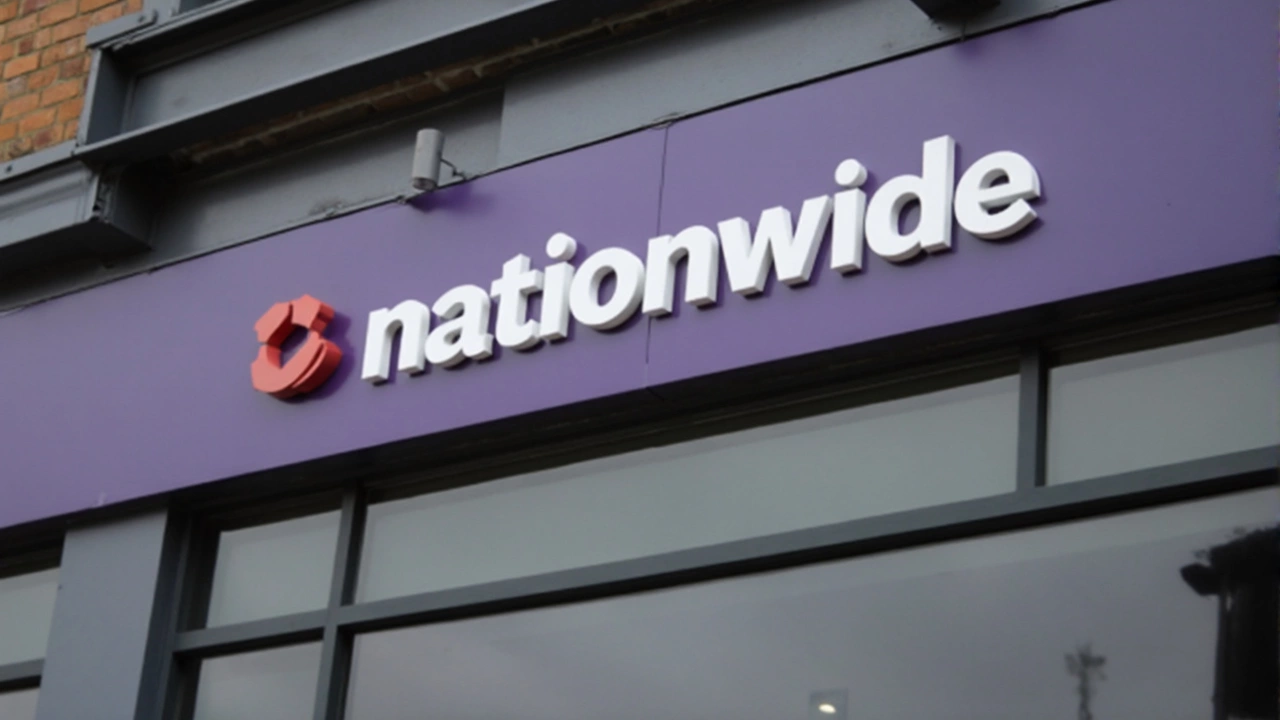Mortgage Rates – What You Need to Know Right Now
Looking at a mortgage can feel like stepping into a maze. The biggest question on everyone’s mind is the rate: how much will it cost you each month and over the life of the loan? In this guide we break down the basics, show you where to find the most up‑to‑date numbers and give you a few tricks to keep the interest low.
How Mortgage Rates Are Set
Mortgage rates aren’t pulled out of thin air. Lenders look at a mix of factors: the Bank of England’s base rate, the lender’s own cost of borrowing, and the risk profile of the borrower. If you have a solid credit score, a steady job and a decent deposit, you’ll usually see a better rate because the lender feels safer handing you money.
Another big piece is the loan‑to‑value ratio (LTV). A 90% LTV means you’re borrowing 90% of the property’s value – that’s riskier for the lender, so the rate goes up. Dropping the LTV to 75% can shave a few tenths off the percentage, which adds up to big savings over 25 years.
Where to Find the Latest Mortgage Rates
Every week banks and building societies release their new deals. The fastest way to compare is using a mortgage calculator or a price‑comparison site – just pop in the loan amount, term and your credit rating. Most sites update in real time, so you get a snapshot of what’s on the market right now.
Don’t forget to check the small print. Some rates look great but are tied to a discount that disappears after two years, leaving you on a higher standard rate. Fixed‑rate deals (usually 2‑, 5‑ or 10‑year terms) lock your interest, while variable or tracker rates move with the base rate, which can be good or bad depending on where the market heads.
Pro tip: sign up for rate alerts from a few lenders. If the base rate drops, many banks will automatically move their mortgage offers lower, and you’ll get an email before the public even hears about it.
Finally, talk to a mortgage broker. They have access to “wholesale” rates that aren’t advertised online. A good broker can shave 0.2‑0.3% off the rate, which sounds small but can save you tens of thousands over the loan term.
Bottom line? Keep an eye on the Bank of England’s movements, shop around weekly, and consider both the rate and the post‑discount terms. With a little patience you’ll land a mortgage rate that fits your budget and leaves more cash for the things you really care about – like that new car or a holiday.





